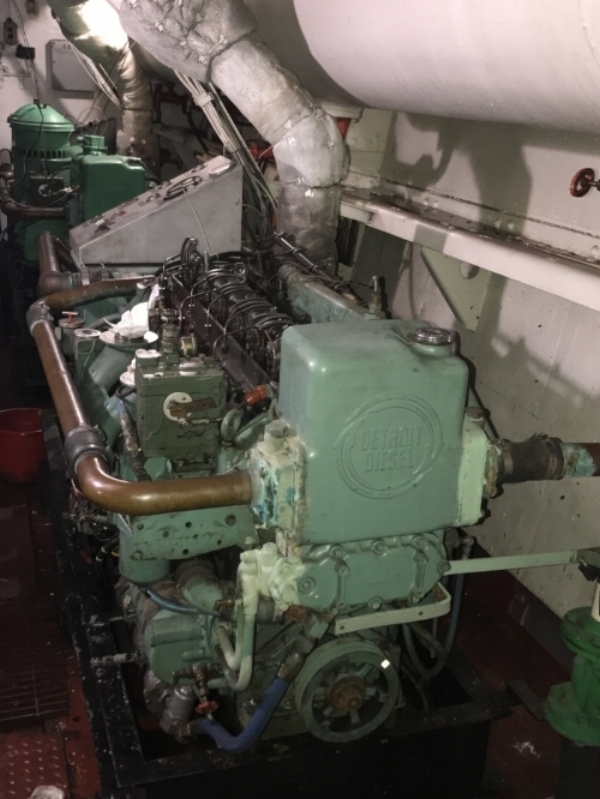Our electrical plan is to add one or two new generators, with current technology, in place of one of the Detroit Diesel generators. This would give us a modest sized system that is both fuel efficient, and far less noisy after all the conservation measures are adopted.
The goal is to supply the Fir's native current of 440 volt, 3 phase, 60 cycle alternating current. This will allow us to upgrade our generators without drastically rewiring the boat. The voltage is a common option on larger generators. Our challenge will be to have the same current on a much smaller generator.
After some study, we have narrowed the vendors to Northern Lights and Kohler. Both are top of the line systems. Northern Lights is a company out of Seattle, Washington that began in the workboat industry. Kohler is a large and diversified company out of Wisconsin. Both have great products as well as reputations, and are essentially equivalent in terms of energy production, fuel consumption, and noise.
Northern Lights have some reliability features. The seawater pumps are direct drive, fuel pumps are mechanical, and the DC side of the system is by relay. In addition, the Northern Lights system is notably heavier per KW. A positive in this instance since more steel is better. Northern Lights also has options like a PTO that may be useful in developing an emergency bilge pump.
Kohler's generator is nearly equivalent to Northern Lights on the mechanical side. The Kohler advantage is that their systems include an automatic paralleling bus that allows two generators to be tied together. This could make a huge difference because it allows us to scale the system and run one small generator (16KW) at night with only crew onboard. We could choose to run two generators (32KW) in order to handle larger, more precarious loads.
This week, we will work with each company to see how we can modify their systems to best meet our needs.






